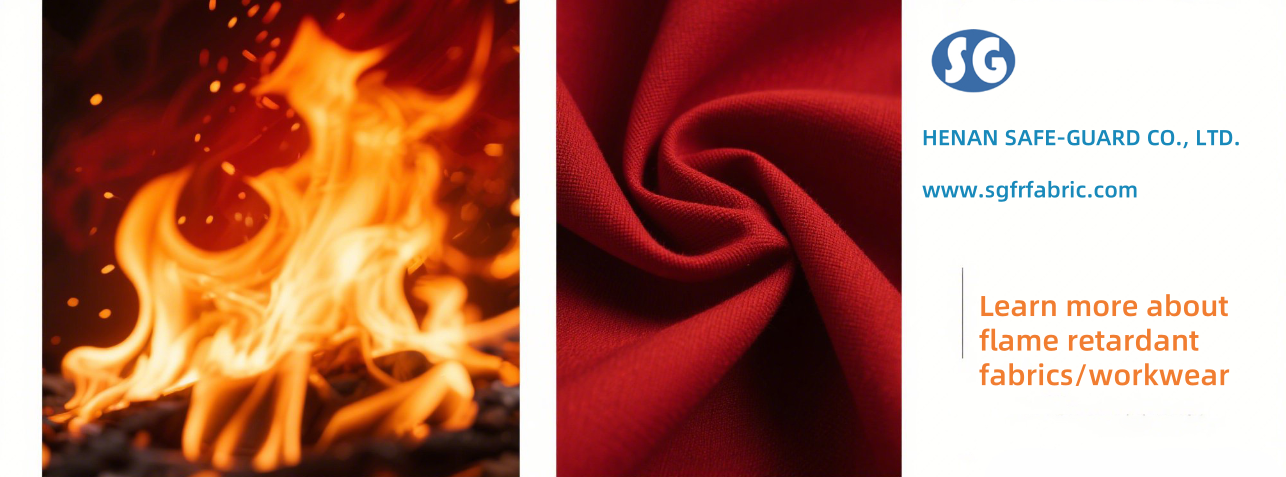Key Considerations When Entering the Flame Retardant Fabric Market
Flame retardant (FR) fabrics play a critical role in personal protective equipment (PPE), industrial uniforms, and safety apparel. If you are new to this field, here’s what you need to know before making your first purchase or launching a flame retardant fabric business flame retardant fabric business.
1. Identify the End-Use Application
Before choosing the right fabric, ask yourself:
1.Will the fabric be used for coveralls, shirts, jackets, or knitted T-shirts?
2.Is comfort or maximum protection the priority?
Each application requires different performance characteristics. For example:
1.Woven FR fabrics are common in coveralls and jackets.For example, our 100% cotton Fr fbaric woven products.
2.Knitted FR fabrics are preferred for T-shirts due to softness and breathability.
2. Understand Fabric Types and Treatments
There are two main types of FR fabrics:
1.Treated FR fabrics: Cotton or cotton blends (e.g., cotton/polyester, cotton/nylon) chemically treated for flame resistance. These are affordable and widely used.
2.Inherent FR fabrics: Fabrics made from fibers like aramid or modacrylic, which are naturally flame retardant. These offer permanent protection but are more expensive.
3. Ensure Compliance With International Standards
Different markets require compliance with specific safety standards. Make sure your chosen fabric complies with the appropriate regulations, such as:
1.EN ISO 11612 (general flame protection)
2.EN ISO 11611 (welding protection)
3.IEC 61482-1-2 (electric arc protection)
4.EN 1149-5 (antistatic)
5.EN 13034 (chemical splash resistance)
6.EN 20471 (high-visibility clothing)
Example certified product:SGFR-CVCA250 (250GSM)
1.Safeguard SGFR-CVCA250
2.Gram weight: 250-260GSM
3.FLAME RETARDANT & ANTI STATIC & ELECTRIC ARC & ACID RESISTANT
4.Flame-retardant: EN ISO 11612 A1+A2 B1 C1 F1
5.Flame-retardant: EN ISO 11611 Class 1
6.Electric Arc: IEC61482-1-2, ATPV with 9.8cal
7.Acid-resistant: EN 13034:2005
8.Antistatic: EN 1149-3/ EN 1149-5
9.Fluorescent color: EN 20471
10.Composition: 80% COTTON +19% POLYESTER + 1% ANTISTATIC
4. Pay Attention to Technical Properties
Buyers often focus only on FR certification, but don’t ignore other key fabric qualities:
1.Strength: Durability is essential for industrial workwear.
2.Colorfastness: Garments should resist fading after industrial washing.
3.Shrinkage: Must stay within acceptable limits for consistent sizing.
4.Washing durability: Aim for FR performance after 50 or even 100 washes.
5. Final Advice for First-Time Buyers
1.Always request lab test reports and product samples before large orders.
2.Clarify the required certifications for your market.
3.Choose reliable fabric mills or distributors with PPE experience.
By carefully considering these aspects, you can confidently start your flame retardant fabric business with minimized risk and enhanced professionalism.
Visit our linkedin



